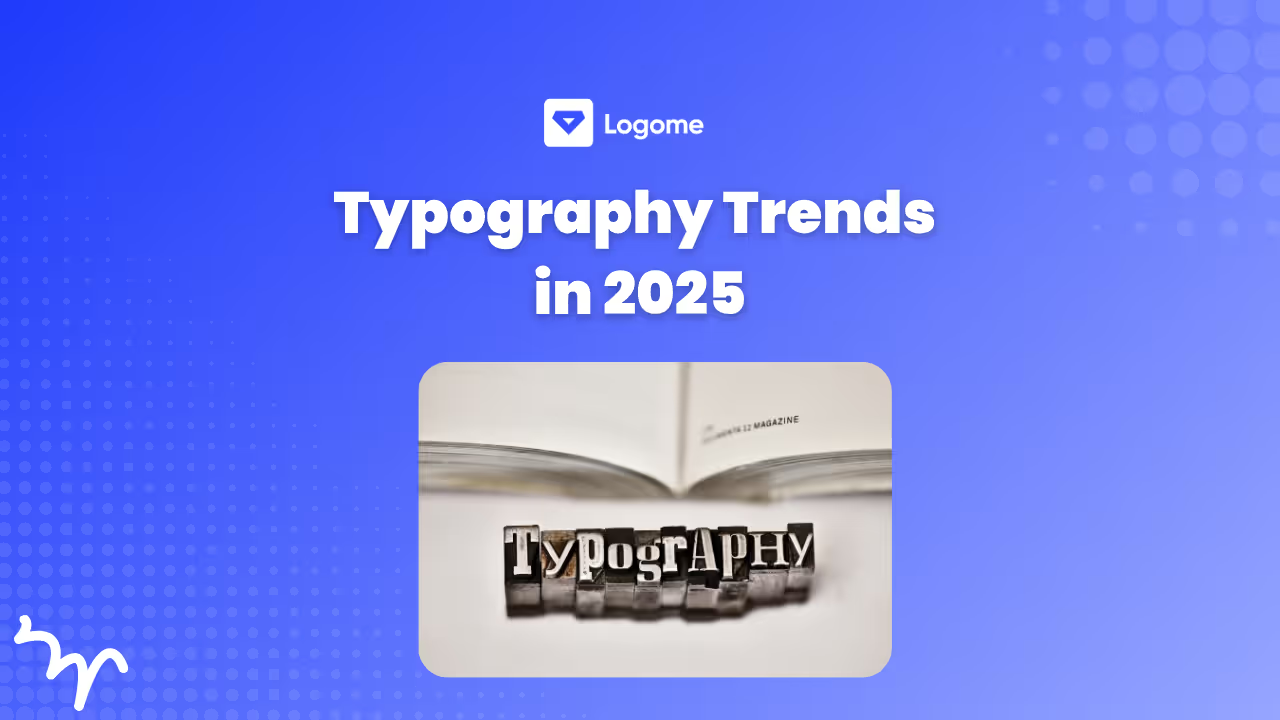Lincoln Car Logo History
Discover Lincoln Car Logo History: from the 1917 medallion to today’s illuminated star. Learn key design changes, symbolism, and future logo trends in this guide.
Discover Lincoln Car Logo History: from the 1917 medallion to today’s illuminated star. Learn key design changes, symbolism, and future logo trends in this guide.

You’ve probably caught yourself staring at that sleek, four-point star on a Lincoln grille and wondered what it’s all about. The Lincoln Car Logo History spans back to 1917, when a simple circular badge first whispered promises of luxury. Since then, every redesign has reflected changing tastes and bold innovations.
Maybe you’ve asked why Lincoln swapped flowing script for sharp geometry or why those ornate hood ornaments vanished. In this deep dive, you’ll journey through medallion origins, Ford’s branding influence, the hood-ornament heyday, and the star’s dramatic rise.
So, pour yourself a cup of coffee and settle in. You’re about to take a century-long design road trip—exploring color choices, font tweaks, and future trends. By the end, you’ll see how Lincoln’s badge became your personal handshake with modern luxury.

You’re stepping into Lincoln’s very first badge era, where founder Henry Leland wanted something that whispered elegance. Back then, a car logo wasn’t just a mark—it was a promise. Let’s unpack how that simple circle set the stage for everything Lincoln would become.
Leland chose a round medallion to frame the words “Lincoln Motor Company.” The circle symbolized unity and perfection—qualities he believed mirrored his cars. You can almost hear the quiet confidence in that serif lettering, crafted to stand out on black radiators and polished chrome.
Early photos hint at a cream background with black text, creating a crisp contrast you still feel today. The font leaned toward a refined serif—think subtle curves balanced by straight lines. This combination spoke to luxury without shouting, setting a tone Lincoln would refine for decades.

When Ford took the wheel in 1922, Lincoln’s badge got a facelift to fit into the Ford family garage. It wasn’t just about slapping on “A Ford Company”—it meant reshaping Lincoln’s visual voice. You’ll see how the rhombus emblem and refined lettering synced with Ford’s brand while keeping that Lincoln elegance alive.
Shortly after the acquisition, you’d spot “Ford Detroit” tucked beneath the Lincoln name. It was a nod to Ford’s Detroit roots and engineering prowess. The lettering was slimmer and more industrial, hinting at assembly-line efficiency without dulling Lincoln’s upscale vibe.
By the late 1920s, the round medallion gave way to a rhombus outline. This angled frame felt modern—like a car cutting through wind. If you look closely, you’ll notice the corners aligned perfectly with hood edges, making the badge feel integrated rather than an afterthought.
That geometric shift did more than update the look; it reshaped public perception. You, as a potential buyer, saw a brand stepping into the future—tech-savvy, reliable, yet still luxurious. This balance laid the groundwork for the next big design leap: dramatic hood ornaments.

You’ve admired Lincoln’s grille, but did you know those sweeping hood ornaments were once its crown jewels? In this era, Lincoln didn’t just wear a badge—it wore a sculpture. Let’s explore how speed, nobility, and the futuristic spirit shaped these metal masterpieces.
In the late 1920s, Lincoln tapped the greyhound to symbolize swiftness and grace. Picture a leaping greyhound stretching over the radiator—an instant statement of performance. By the 1940s, taste shifted to a knight’s helmet, trading speed for prestige and chivalry.
As the jet age dawned, Lincoln embraced the future with rocket-inspired designs. Those fins and tapered forms hinted at altitude and adventure—perfectly in tune with postwar optimism. When you caught sight of that ornament, you felt you were piloting tomorrow’s car today.
By 1958, safety regulations and changing design trends grounded these towering sculptures. Low-profile styling and pedestrian-protection laws called for sleeker hoods. Lincoln traded its ornate ornaments for a cleaner silhouette—paving the way for the iconic star we know.
The moment Lincoln introduced the star, everything shifted from sculpture to symbol. That four-point star whispered precision and modernity in one clean shape. You’ll see how it started on a luxury coupe and became the face of every Lincoln on the road today.

When the Mark II debuted, Lincoln needed a fresh badge that matched its ultraluxury image. Designers sketched a thin, four-point star framed by a circle—simple, bold, and unlike anything on other cars. You got the sense this was a brand with its sights set on the future.

It took a few decades, but by 1980 the star migrated from the Mark line to every Lincoln grille. Engineers refined its proportions—equal point lengths, crisp angles—and dropped the outer circle for a minimalist feel. You could instantly spot a Lincoln, even at a glance.

Fast-forward to today: Lincoln lit up its star with LEDs. Now that emblem glows from within, creating a theater of light every time you hit “unlock.” It’s not just about looks—it’s a nod to Lincoln’s blend of craft and tech.
Lincoln’s brand guidelines specify exact proportions: each point spans 20% of the badge’s diameter, with 2-pixel-thick strokes in digital uses. By the numbers, it’s as precise as the engineering under the hood. You appreciate a logo that’s calculated down to the last millimeter.

Lincoln’s star isn’t just pretty geometry—it carries stories. Every point and angle was chosen to reflect values: direction, luxury, innovation. Let’s unpack the ideas behind this iconic shape and why it resonates.
Some say the star mirrors a compass, guiding you north, south, east, and west. It hints at adventure and confidence, promising you’ll go wherever life takes you in style.
The star’s clean lines and symmetry suggest elegance and precision. When illuminated, it feels like a jewel embedded in the grille—an instant touch of glamour at night.
Others see a subtle nod to starbursts from mid-century design, a popular motif in 1950s decor. It connects Lincoln to an era that celebrated optimism and progress.
You’ve seen the star, but those letters telling you it’s a Lincoln have their own tale. As design trends shifted, the wordmark moved from classic scripts to clean, modern type. Let’s trace how Lincoln’s lettering evolved alongside its emblem.
Early badges featured flowing script, with elegant loops drawing the eye. By the 1960s, Lincoln adopted a straight-lined sans-serif font—crisp, legible, and fitting for a brand pushing into the modern age.
Today, Lincoln uses a custom font called Lincolnshire. It’s proprietary, designed to maintain uniform letter-spacing and weight across applications—from keys to keynotes—ensuring consistency wherever you see the name.
Behind that silvery finish lies Pantone 876 C for the metallic badges and Pantone Cool Gray 11 C for marketing materials. These codes keep your Lincoln experience uniform—whether it’s the grille badge or the brochure in your hands.
Lincoln’s emblem isn’t just on metal anymore. In our screen-first world, it appears in animations, apps, and even virtual showrooms. You’ll see how Lincoln keeps its logo looking sharp across every digital touchpoint.
Watch a Lincoln ad and you’ll spot the star morphing, spinning, or glowing before the car appears. These motion effects reinforce luxury and tech prowess, making you feel part of a high-end cinematic experience.
Open Lincoln’s website or app, and the logo scales seamlessly—shrinking for mobile, expanding for desktop, always crisp. Designers leverage SVG files and CSS animations so that star and wordmark retain perfect clarity on any screen.
Lincoln dealers now offer AR previews: point your phone at a showroom floor, and the floating star badge appears on a virtual car. This immersive touch helps you envisage owning a Lincoln in your own space.
You’ve probably spotted that four-point star lighting up more than just driveways. From blockbuster films to chart-topping videos, Lincoln’s emblem has become shorthand for elegance—and sometimes, playful parody.
In the 1994 film Men in Black, Agents K and J cruise in a sleek Lincoln Town Car, star badge gleaming under neon lights. Filmmakers love the emblem’s futuristic vibe—perfect for sci-fi thrillers and high-stakes dramas alike.
R&B artist Alicia Keys flaunted a Lincoln Continental’s illuminated star in her You Don’t Know My Name video. The badge appears in slow-motion close-ups, underscoring themes of romance and aspiration with its subtle glow.
Racing sims like Forza Horizon faithfully recreate Lincoln’s badge, letting you feel that signature luxury at 200 mph. Even open-world titles like Grand Theft Auto include spoofed versions, tipping a hat to Lincoln’s status without using the exact trademark.
Seeing Lincoln’s journey side by side with rivals shines a light on its unique path. You’ll spot where Lincoln leaned into minimalism, while others chased complexity in their badges.
Cadillac favored crests and colors, updating intricate details over time. Lincoln, by contrast, simplified early—moving from detailed ornaments to a clean star. That decisiveness bolstered Lincoln’s modern-luxury identity.
Lincoln’s four-point star balances elegance and simplicity unlike any other. It’s memorable, versatile, and scales from grille to wristwatch. You recognize it instantly without needing color or extra flourishes.
Luxury logos aren’t static—they evolve with technology and culture. You’ll glimpse potential directions for Lincoln’s badge as electric drivetrains and digital-first experiences shape the auto world.
Across the industry, we see animated, dynamic logos—badges that respond to touch, charge level, or environment. Lincoln may explore adaptive logos that change color based on drive mode or time of day.
Imagine a holographic star hovering above the hood, or a color-shifting emblem on electric Lincolns. Future tweaks might lean into sustainability cues—earthy tones or recycled-metal finishes—while keeping that signature geometry.
If you cherish classic Lincolns, that old badge is more than metal—it’s history in your hands. This corner equips you with practical steps to source, clean, and preserve emblems so they sparkle for decades.
Look for OEM parts on auction sites using original part numbers (e.g., Lincoln P/N 6W39-65547-A). Join Lincoln car clubs or forums—members often trade NOS (new old stock) badges that have been stored in climate-controlled warehouses.
Start with a gentle soap solution and a soft brush to remove grime. Rinse thoroughly, then dry with a microfiber cloth. Use a non-abrasive metal polish—apply sparingly and buff in circular motions to revive that factory shine without scratching.
Keep badges in UV-protected display cases to prevent fading. If you’re mounting on a plaque, use stainless-steel standoffs to avoid galvanic corrosion. Store spares in sealed plastic bags with silica packs to control moisture and ward off rust.
You’ve traveled from Lincoln’s first medallion to its star shining in silver-screen blockbusters and video games. Along the way, you discovered the design decisions, color codes, and futuristic touches that made this badge iconic. You even picked up tips for restoring vintage emblems and spotting genuine parts.
Now, when you see that four-point star—whether on your driveway or in a movie—you’ll understand the care, creativity, and history it carries. Keep an eye on tomorrow’s adaptations, and perhaps add a classic Lincoln badge to your own collection. Either way, you’re part of a story that celebrates style, innovation, and timeless luxury.
The four-point star symbolizes precision, luxury, and guidance—much like a compass pointing to the world’s corners. Over time, its clean geometry has come to represent Lincoln’s blend of modern tech and refined craftsmanship.
The star debuted on the 1956 Continental Mark II as a sleek alternative to hood ornaments. It wasn’t until 1980 that Lincoln standardized the star badge across its entire lineup.
Lincoln’s badge began as a round medallion in 1917, shifted to a Ford-influenced rhombus in the 1920s, then adopted ornate hood sculptures, and finally embraced the streamlined four-point star we know today.
By the late 1950s, safety regulations and minimalist design trends made tall hood ornaments impractical. The star offered a modern, low-profile badge that echoed Lincoln’s forward-looking image.
Lincoln uses Pantone 876 C for its metallic grille badges and Pantone Cool Gray 11 C for marketing materials, ensuring consistent silver-gray tones across all branding applications.



Discover how 500,000+ businesses and creators are using our AI logo maker in their Logo creation.



